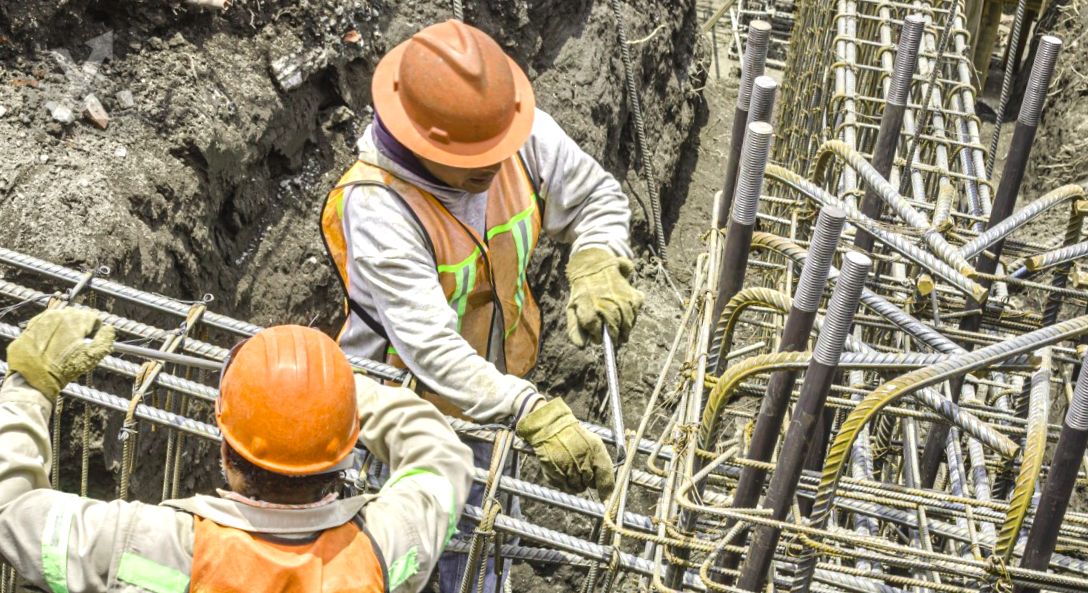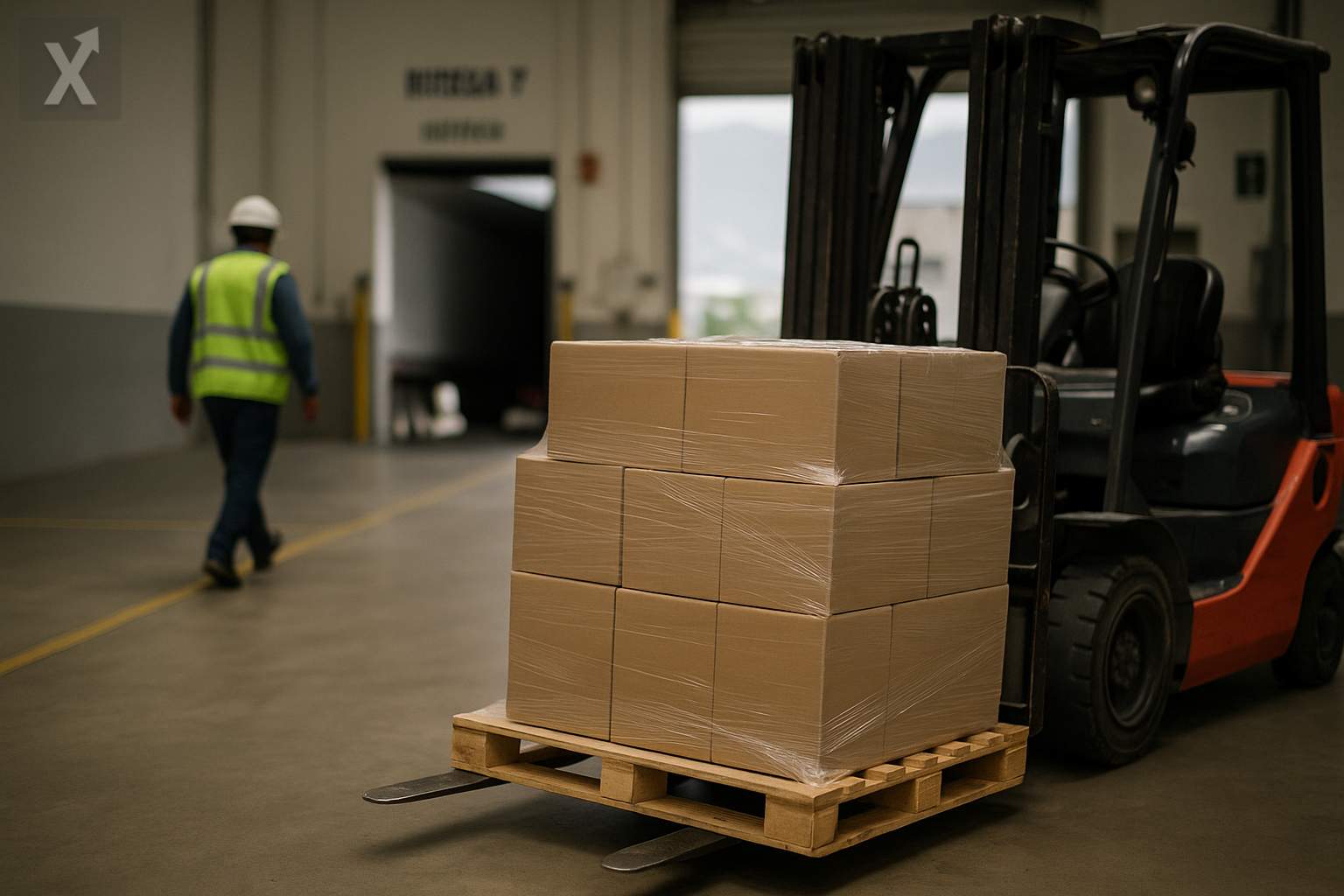Unemployment in Mexico Ticks Up Slightly in April, While Informality and Critical Conditions Persist

The unemployment rate in Mexico saw a slight increase in April 2025, reaching 2.5% according to data released by the National Institute of Statistics and Geography (Inegi). This result represents a rise from the 2.2% observed in March, when the country had reached its lowest recorded unemployment level. Despite the monthly uptick, unemployment remains at historically low levels.
According to Inegi's report, the increase translates to about 1.53 million people actively seeking work in an environment where the Economically Active Population (EAP) grew moderately. Year-over-year, the EAP added just 45,000 people, reaching a total of 61.5 million.
However, the economic participation rate—which measures the percentage of working-age people who are employed or seeking employment—dropped from 60.5% in April 2024 to 59.4% in the same month of 2025. This decline suggests a slowdown in people entering or staying in the labor market, which could be due to economic conditions as well as social or demographic factors.
Despite the slight increase in unemployment, the number of employed people rose by 166,000 in April, bringing the total to 59.9 million workers—the highest number recorded since last November. This positive development coincides with improvements in some labor indicators: the underemployment rate—which reflects those working less than they would like—fell from 7.7% to 7.1% year-over-year, with 4.13 million people in this situation.
However, labor informality continues to be a structural challenge for the Mexican economy. Some 54.7% of all employed people work in the informal sector, practically unchanged from 54.6% a year earlier. This persistence shows the ongoing difficulty in creating and sustaining formal jobs offering benefits and social security for a vast majority of the workforce. On the other hand, there was an improvement in critical employment conditions—those facing insufficient income or excessive working hours—which dropped from 37.5% to 32% over the past year.
The labor landscape in Mexico shows progress in tackling unemployment compared to previous years but also highlights shortcomings in job quality and the transition to the formal sector. The slight decrease in economic participation and the persistence of informality point to structural challenges that may require more comprehensive policies, especially in an international context of moderate growth and changing trade dynamics.
In conclusion, while Mexico retains low unemployment levels, the creation of formal jobs with dignified and stable conditions remains one of its main challenges. Authorities face the task of driving recovery and strengthening the labor market to improve both the quantity and quality of employment in the medium and long term.






